The World's Greatest Stocks
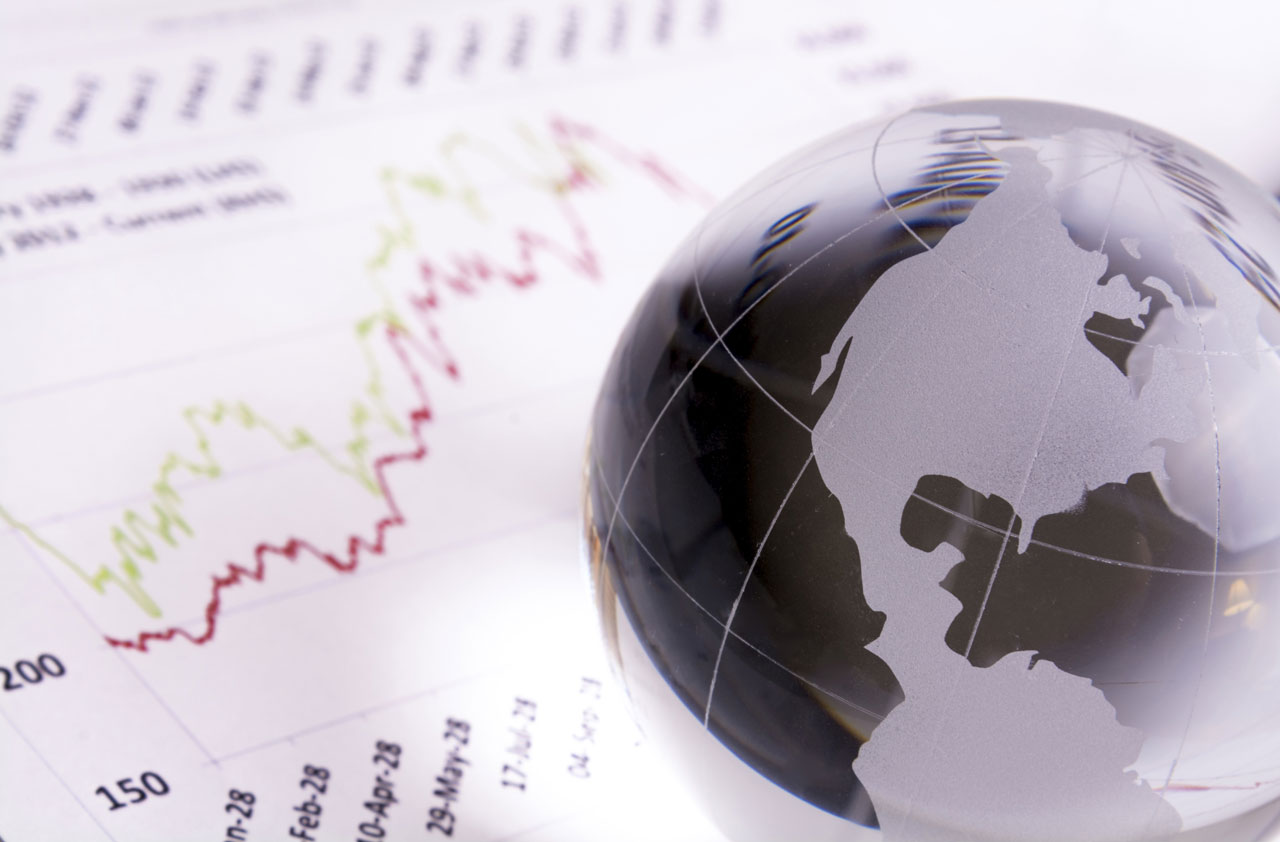
If you want to invest in stocks, we have two words of advice: Go global.
With the U.S. accounting for just 22% of the world’s economic activity, it’s hard to justify owning only domestic stocks. In that vein, we’ve identified 10 great stocks from around the world. In compiling the list, we started with a few simple requirements. First, the stocks had to trade in the U.S. (that’s not always the case for foreign companies).
Next, we wanted companies with superior profit-growth prospects. We also wanted stocks that are on an upward trajectory; each of the U.S. stocks had to have beaten Standard & Poor’s 500-stock index over the past five years, and each of the foreign stocks had to have outpaced the MSCI EAFE index. Finally, although we recognize that great companies never come cheap, we made sure our picks did not trade at sky-high valuations.
After polling investing experts and doing some digging on our own, we found 10 strong candidates.
Share prices, returns and related data are as of June 5. Price-earnings ratio is based on estimated earnings for 2015 or the company's current fiscal year. Sources: Morningstar, Thomson Reuters, Yahoo.

Apple
- Share price: $129Market value: $741.2 billion5-year annualized return: 29.7%Projected earnings growth: For the fiscal year that ends September 2015, 39.7%; for the September 2016 fiscal year, 7.5%Price-earnings ratio: 14
It should come as little surprise that Apple (AAPL), the world’s most valuable company, makes the list.
The irony is that Wall Street remains nervous about Apple’s prospects despite the company’s explosive growth and its ability to command premium prices for its popular phones. Critics argue that Apple is a one-trick pony, with little more than its iPhones to drive sales growth. But just this year alone, Apple has introduced a smart watch, struck a deal to provide HBO on its devices and reported record sales in its App Store.
And those iPhones? They still have the magic to drive record profits. Apple stunned analysts by selling 74.5 million of the new, sixth-generation phones in the last three months of 2014, and sales remained strong in the January–March quarter. Earnings are expected to soar nearly 40% in the fiscal year that ends in September, which is shocking growth for a company with a market capitalization of $741 billion.Meanwhile, Apple is rewarding shareholders by boosting dividends and buying back shares. And Apple has the wherewithal to do plenty more; at last report, its treasury held cash and investments worth a whopping $194 billion, or $33 per share.

Avago Technologies
- Share price: $144Market value: $37.3 billion5-year annualized return: 47.9%Projected earnings growth: For the fiscal year that ends October 2015, 77.1%; for the October 2016 year, 7.4%Price-earnings ratio: 17
- Avago Technologies (AVGO) is a leading maker of semiconductor devices that are used in smartphones and other products. Perhaps unsurprisingly, about 15% of its revenues come from Apple, says analyst Atif Malik, of Citigroup Global Markets. But Avago is more than just a “derivative play” on Apple, Malik says.
Avago, which has headquarters in San Jose, Calif., and Singapore, has been moving into other fast-growing markets through a string of acquisitions. In May 2014, it acquired LSI (once known as LSI Logic), which designs chips and software that speed up storage and networking in data centers, mobile networks and the cloud. Since then, Avago has bought two more companies involved in cloud computing. And on May 28, Avago announced a blockbuster deal to buy chipmaker Broadcom (BRCM) for $37 billion. Many analysts endorsed the combination because the companies’ products overlap little.

Baidu
- Share price: $206Market value: $72.3 billion5-year annualized return: 23.0%Projected earnings growth: 2015, 14.9%; 2016, 34.8%Price-earnings ratio: 30
When it comes to Chinese e-commerce juggernauts, Alibaba (BABA) got most of the buzz over the past year.
But over the long term, Baidu (BIDU), the leading Chinese search engine, has been a huge winner. Shares of Baidu have soared more than 40-fold since their low in February 2006. Revenues and earnings have jumped from $123 million and $44 million, respectively, in 2006 to $7.9 billion and $2.1 billion in 2014.
Of course, it’s possible that Alibaba and other Chinese Internet firms may steal some market share from Baidu in China’s Internet search and online advertising businesses, says S&P Capital IQ analyst Scott Kessler. But Baidu’s early lead and well-known brand mean it will likely maintain its market share over the next few years. The stock has retreated by some 17% since last November as investors reacted coolly to Baidu’s sales and earnings projections for 2015. Despite all the angst, however, analysts on average expect revenues to climb by 38% this year, and profits to increase by almost 15%.
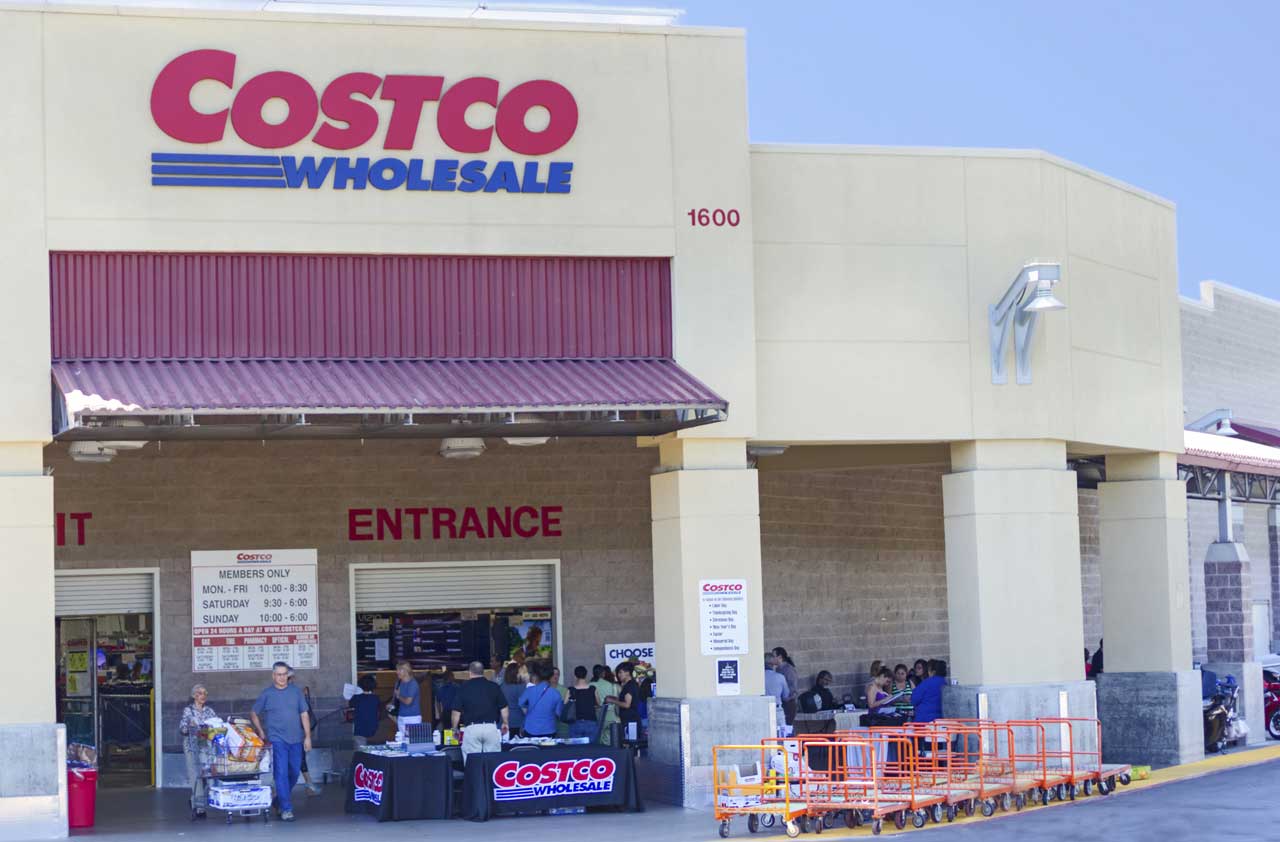
Costco Wholesale
- Share price: $139Market value: $61.1 billion5-year annualized return: 22.8%Projected earnings growth: For the fiscal year that ends October 2015, 12.0%; for the October 2016 year, 8.8%Price-earnings ratio: 27
Warehouse retailer Costco Wholesale (COST) has a simple formula for success. It builds customer loyalty by selling high-quality products with razor-thin markups, generating profits mainly from membership fees. The result: Costco’s customer base continues to grow steadily, with the number of basic memberships up 9% in 2014. About one-third of Costco members end up upgrading to executive status, paying $110 annually (twice the price of a standard membership) in exchange for a 2% rebate on all purchases.
Costco is hardly resting on its laurels. Over the next 10 years, the Seattle company expects to double the number of stores in the U.S., to about 1,000 locations, and to expand rapidly overseas. Although a technology-modernization program may pressure earnings through 2016, Costco will benefit in the long run. The program will enable the firm to double in size while it generates millions in cost savings, says William Blair analyst Mark Miller.
Moreover, Costco is in good position to hold the line on demands for higher wages, which seem to be gaining traction throughout the U.S. The company pays its workers $12 to $23 per hour—well above state minimum wages. Yet it still manages to deliver low prices to consumers and great returns to shareholders. The downside of Costco’s success is that its stock is almost never cheap, and such is the case today, with shares trading at 27 times estimated earnings for the current fiscal year.Nexstar Broadcasting Group.

Nexstar Broadcasting Group
- Share price: $58Market value: $1.8 billion5-year annualized return: 60.2%Projected earnings growth: 2015, 25.2%; 2016, 62.8%Price-earnings ratio: 23
One of two purely domestic plays, Nexstar Broadcasting Group (NXST) has 107 television stations across the U.S. The company’s largest market is Phoenix, followed by Salt Lake City. Operating in small and midsize cities helps boost Nexstar’s profits because the company pays less for its programming than do TV stations in big cities. As a result, Nexstar is one of the fastest-growing firms in its industry, as evidenced by its first-quarter results. Net revenues jumped 52% from the first quarter of 2014, and free cash flow (cash profits after the capital expenditures required to maintain a business) skyrocketed by 70%.
Growing through acquisitions is a priority for Nexstar, says analyst Michael Kupinski, of Noble Financial Capital Markets. Since March 2014, the Irving, Texas, company has closed deals to buy 36 stations and two advertising companies for more than $750 million. Expect more to come. Nexstar’s stations cover 18% of the nation’s households, well below the 39% maximum that government regulators allow. Kupinski believes Nexstar will post above-average revenue and cash-flow growth relative to other broadcasters by continuing to focus on small markets and by making smart acquisitions.

Novo Nordisk
- Share price: $57Market value: $147.7 billion5-year annualized return: 30.9%Projected earnings growth: 2015, 2.8%; 2016, 19.0%Price-earnings ratio: 31
People around the world are growing older, and a fair number of them are putting on too many pounds. That likely means a rise in diabetes cases, which in turn will mean a greater demand for drugs made by Novo Nordisk (NVO).
The Danish company started in 1923, selling insulin, an essential hormone that diabetics either lack or don’t use properly. Today, Novo is a world leader in treatments for diabetes, which afflicts 347 million people worldwide. Diabetes drugs accounted for nearly 80% of the company’s revenues in 2014 (the remaining 20% came from Novo’s growing biotechnology business). Its top-selling insulin medicines—Novo-Rapid, Levemir and NovoMix—have been driving sales for many years, says Value Line analyst Mario Ferro. But Novo continues to roll out new diabetes treatments. And in April it began selling Saxenda, a drug to combat obesity, in the U.S. Novo has said that it expects sales from Saxenda to reach $1 billion annually.
One recent problem: the strong dollar. Although Novo posted higher earnings in 2014 in Danish kroner, the company experienced an earnings decline in dollar terms. Ferro says the “uncharacteristically wide fluctuations in currency translation rates have obscured the company’s underlying growth story.” Still, Novo’s American depositary receipts returned a respectable 17% last year, and they’ve surged 37% since February 9.

O’Reilly Automotive
- Share price: $222Market value: $22.4 billion5-year annualized return: 34.9%Projected earnings growth: 2015, 18.5%; 2016, 13.4%Price-earnings ratio: 26
For many years, O’Reilly Automotive (ORLY), an auto-parts chain founded in 1957, stuck close to its midwestern roots. Ten years ago, it had 1,300 stores, mostly in the South and Midwest. But over the past decade, O’Reilly has expanded, partly through acquisitions, and it now operates more than 4,300 stores in the U.S.
O’Reilly serves both do-it-yourselfers and professional car repairers. Serving both kinds of customers means carrying a wide range of parts to satisfy professionals and being able to provide expert advice to amateurs. Ira Rothberg, a comanager of Hennessy Focus Fund, says the company’s scope means it can purchase its inventory at lower prices than its smaller competitors can. It is also well run, says Rothberg, with 24-hour service centers and an efficient inventory-management system that delivers products to stores quickly.
The O’Reilly story isn’t exactly undiscovered. Its shares have rocketed nearly 10-fold since June 2008 and, as a result, are on the pricey side. But if the company keeps generating double-digit-percentage earnings growth, the stock may be worth the price. First-quarter results provided encouragement for the bulls: O’Reilly’s earnings surged 28% on a 10% increase in sales.

Priceline Group
- Share price: $1,178Market value: $61.1 billion5-year annualized return: 45.9%Projected earnings growth: 2015, 4.1%; 2016, 20.2%Price-earnings ratio: 21
William Shatner, Star Trek’s original Captain Kirk, is best known today as the “name your price” pitchman for Priceline Group (PCLN), which has used those ubiquitous commercials to boost name recognition and dominate the online travel-booking industry. With four Web brands—Priceline.com, Booking.com, Agoda.com and Kayak—Priceline’s travel sites are by far the busiest in the world. Last year, the company struck a partnership with Ctrip.com, a Chinese online travel company, that gives Priceline customers access to Ctrip’s Chinese hotels and gives Ctrip’s outbound Chinese customers access to hotels that have arrangements with Priceline’s sites. The widely lauded deal gives Priceline a foothold in China and solidifies its hold on the international travel market, which accounts for 88% of Priceline’s gross bookings.
Priceline shares suffered through an uncharacteristically poor 2014, during which they lost 2%, and they now trade at 14% below their all-time high. A key reason for the weakness was investor concern about the strong dollar’s impact on Priceline’s results. In fact, first-quarter results were tepid: Earnings climbed only 4% from the same period in 2014. And analysts see earnings gains of only 4% for all of 2015. But they see profits expanding by 20% next year. UBS analyst Eric Sheridan thinks the shares offer compelling potential reward relative to the risks and that a price-earnings ratio of 21 times projected profits is not too much for a company with a dominant position in a fast-growing space.
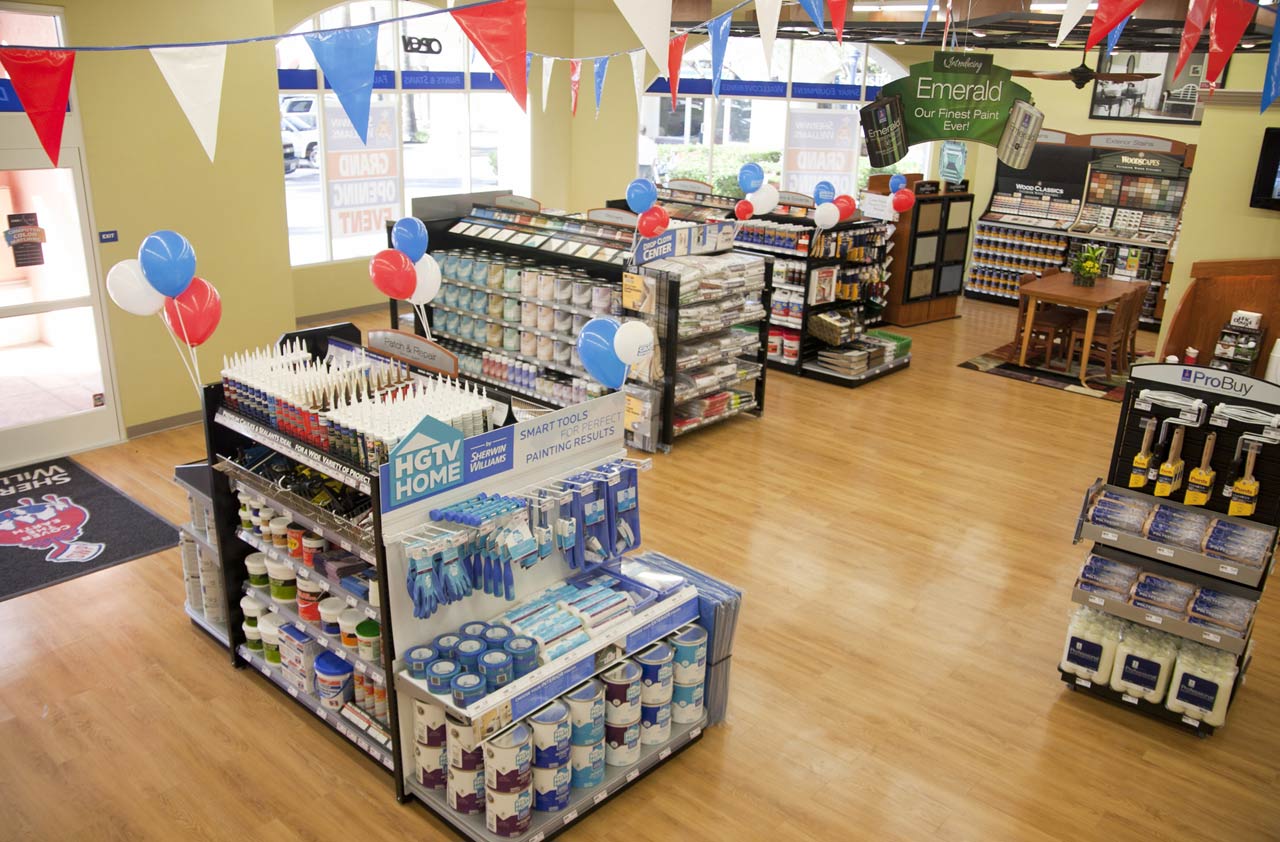
Sherwin-Williams
- Share price: $280Market value: $26.1 billion5-year annualized return: 31.1%Projected earnings growth: 2015, 28.4%; 2016, 16.9%Price-earnings ratio: 25
The name Sherwin-Williams (SHW) isn’t synonymous with paint, but it comes pretty close.
Not only is the 149-year-old company a leading maker of paints and coatings, it also has more than 4,000 eponymous stores in North and South America and a broad customer base ranging from do-it-yourself homeowners to professional builders. Credit Suisse analyst John McNulty says that over the next few years, Sherwin-Williams could experience the “opposite of a perfect storm” because of such positive developments as an improving real estate market, possible declines in raw-materials costs and a new partnership to sell paint in Lowe’s home-improvement stores.
Another boost comes from overseas acquisitions. After going on a deal-making spree over the past seven years, Sherwin-Williams now owns subsidiaries or licensing agreements to sell its products in 50 countries outside the U.S. That helped boost sales by 9.3% in 2014. (The strong dollar pinched results, but only a bit; it trimmed the company’s sales by 1.4% in 2014, according to the firm.) For 2015, the company expects sales to rise by high-single-digit percentages and earnings to reach about $11 per share, which would represent a 28% increase from last year. Sherwin-Williams has raised its dividend in each of the past 36 years (including a 22% boost in 2015).

Tata Motors
- Share price: $35Market value: $22.5 billion5-year annualized return: 16.6%Projected earnings growth: For the fiscal year that ended March 2015, 23%; for the March 2016 fiscal year, NAPrice-earnings ratio: 8
- Tata Motors (TTM) is the leading automaker in India, the world’s second-most-populous country.
The company also owns the Jaguar and Land Rover brands, which it purchased from Ford in 2008. Those premium brands have boosted Tata’s sales and profit margins beyond what it could record with its own brand on its home turf. The JLR segment, as Tata calls its Jaguar and Land Rover businesses, is in overdrive: Led by a 17% gain in Land Rover sales, U.S. sales in April exceeded those in April 2014 by 15%. Sales of Tata commercial and personal vehicles in India, by contrast, gained 5% in April compared with the year before. (JLR sales accounted for 43% of Tata’s total vehicle sales in 2014.)
A slowdown in India’s growth rate (from 8% in 2011 to roughly 5% annually from 2012 through 2014) hurt Tata’s domestic business, as cash-strapped consumers bought motorcycles instead of cars. But things are turning around. Kiplinger expects growth of almost 7% in 2015. And car ownership is modest in India: 17 vehicles per 1,000 people. (By contrast, in the U.S. there are more than 600 vehicles per 1,000 people.) Those factors give Tata an opportunity to sell more cars in the coming years, says Morningstar analyst Piyush Jain. He adds that as roads, traffic laws and consumer safety awareness improve, car ownership in India should get another lift.
Profit and prosper with the best of Kiplinger's advice on investing, taxes, retirement, personal finance and much more. Delivered daily. Enter your email in the box and click Sign Me Up.

-
 Verizon Home Internet Is Offering Free Tech to New Customers
Verizon Home Internet Is Offering Free Tech to New CustomersVerizon’s latest home-internet promotion includes free tech, but the real savings depend on pricing, speed needs and how long you stay.
-
 Retirees in These 7 States Could Pay Less Property Taxes Next Year
Retirees in These 7 States Could Pay Less Property Taxes Next YearState Taxes Retirement property tax bills could be up to 65% cheaper for some older adults in 2026. Do you qualify?
-
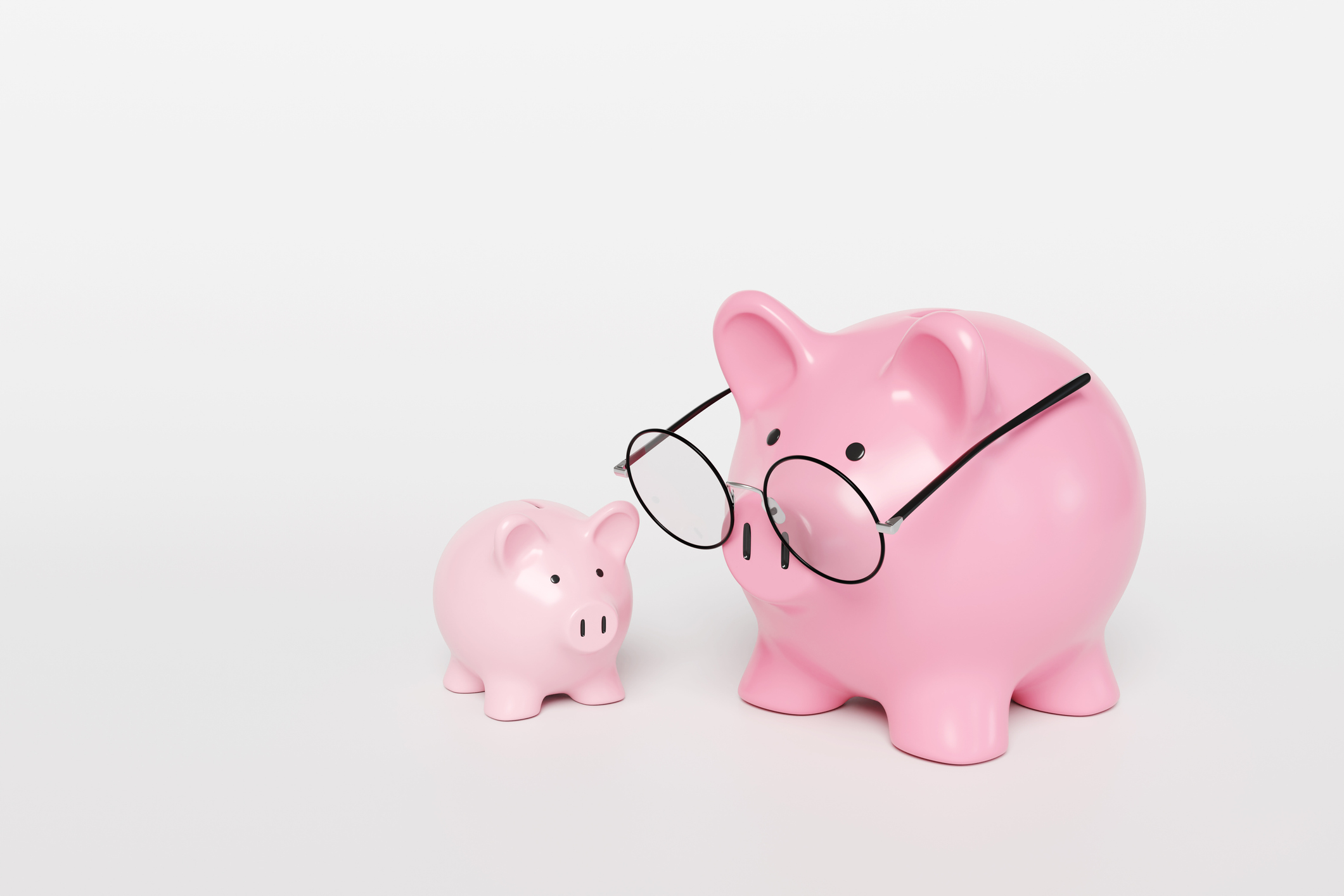 Estate Tax Quiz: Can You Pass the Test on the 40% Federal Rate?
Estate Tax Quiz: Can You Pass the Test on the 40% Federal Rate?Quiz How well do you know the new 2026 IRS rules for wealth transfer and the specific tax brackets that affect your heirs? Let's find out!
-
 Crypto Trends to Watch in 2026
Crypto Trends to Watch in 2026Cryptocurrency is still less than 20 years old, but it remains a fast-moving (and also maturing) market. Here are the crypto trends to watch for in 2026.
-
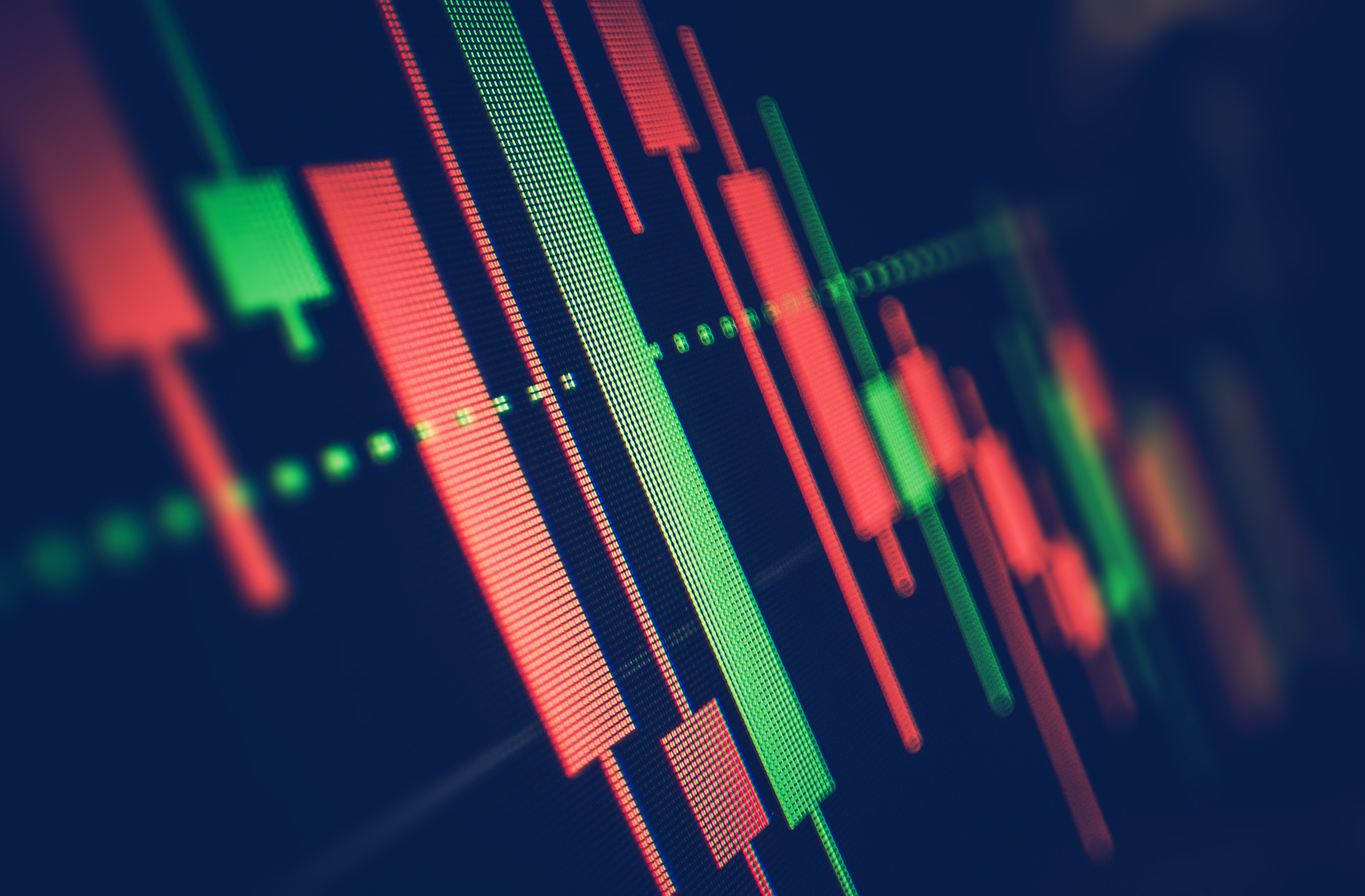 Dow Slides 427 Points to Open December: Stock Market Today
Dow Slides 427 Points to Open December: Stock Market TodayThe final month of 2025 begins on a negative note after stocks ended November with a startling rally.
-
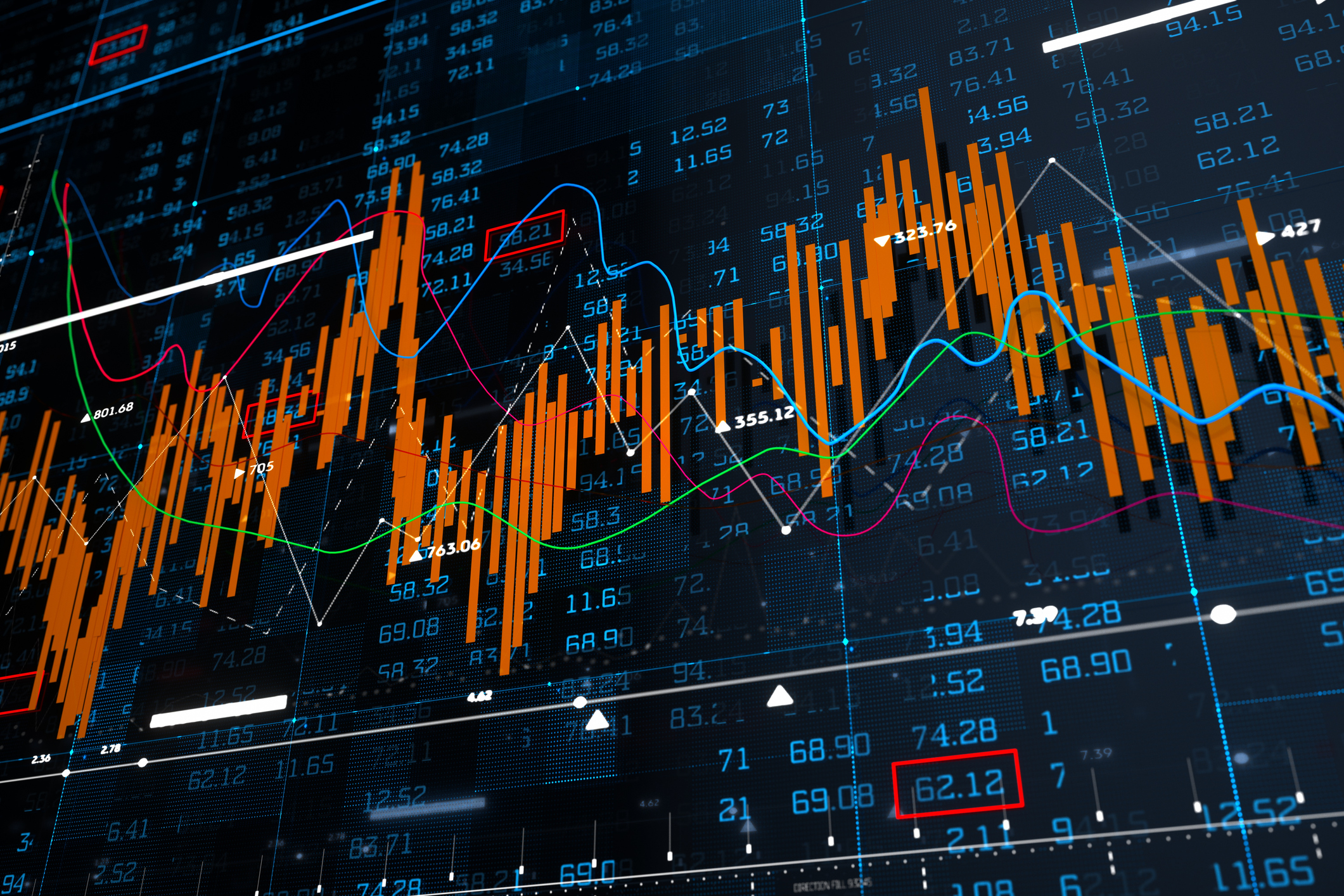 Stocks Extend Win Streak on Black Friday: Stock Market Today
Stocks Extend Win Streak on Black Friday: Stock Market TodayThe main indexes notched wins in Friday's shortened session, with the blue-chip Dow Jones Industrial Average closing higher on the month.
-
 Dow Adds 314 Points to Thanksgiving Rally: Stock Market Today
Dow Adds 314 Points to Thanksgiving Rally: Stock Market TodayInvestors, traders and speculators enjoy the best Thanksgiving Week gains for the major stock market indexes in more than a decade.
-
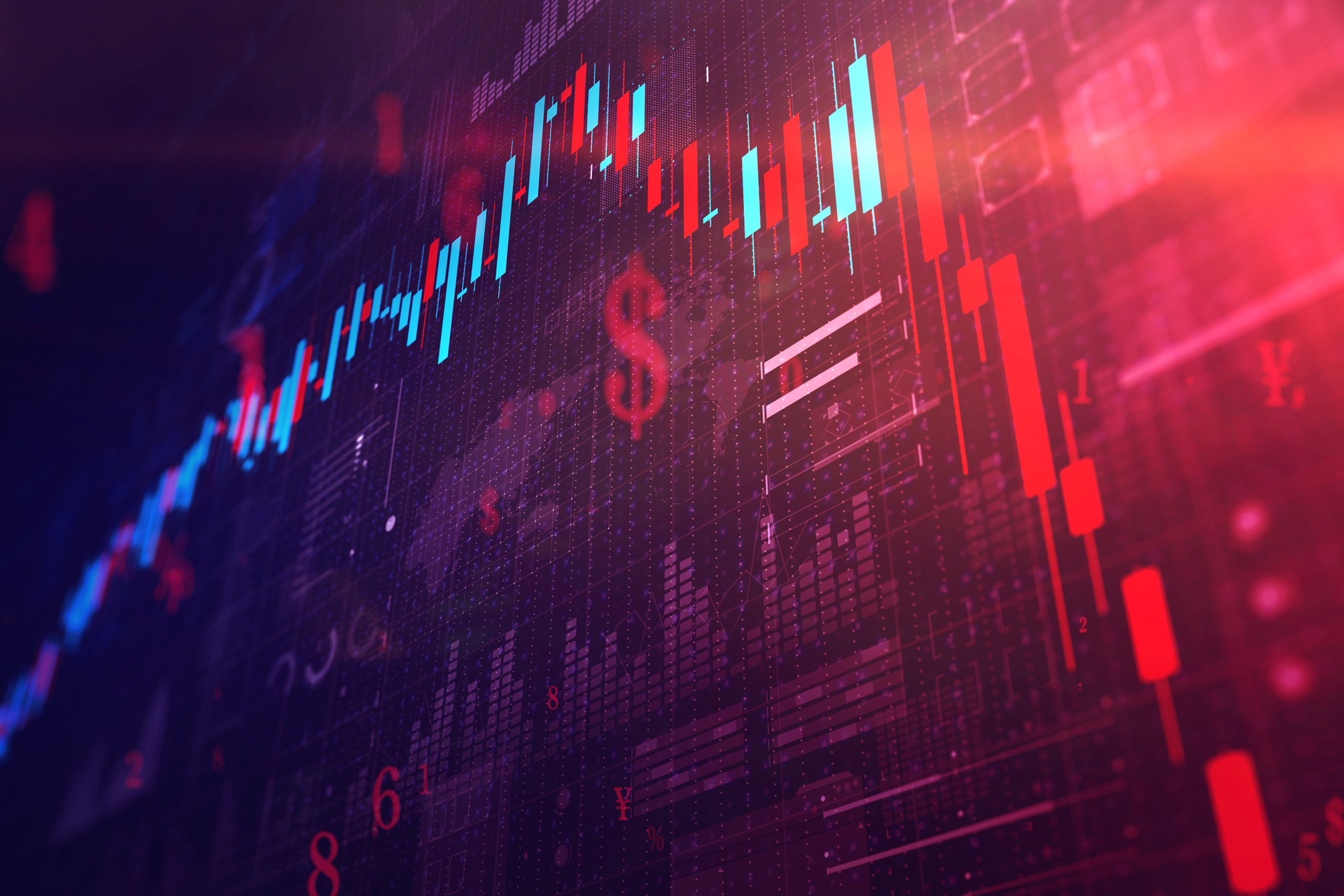 Dow Falls 557 Points to Start NVDA Week: Stock Market Today
Dow Falls 557 Points to Start NVDA Week: Stock Market TodayThe Oracle of Omaha saw growth and value in certain corners of the stock market during the third quarter.
-
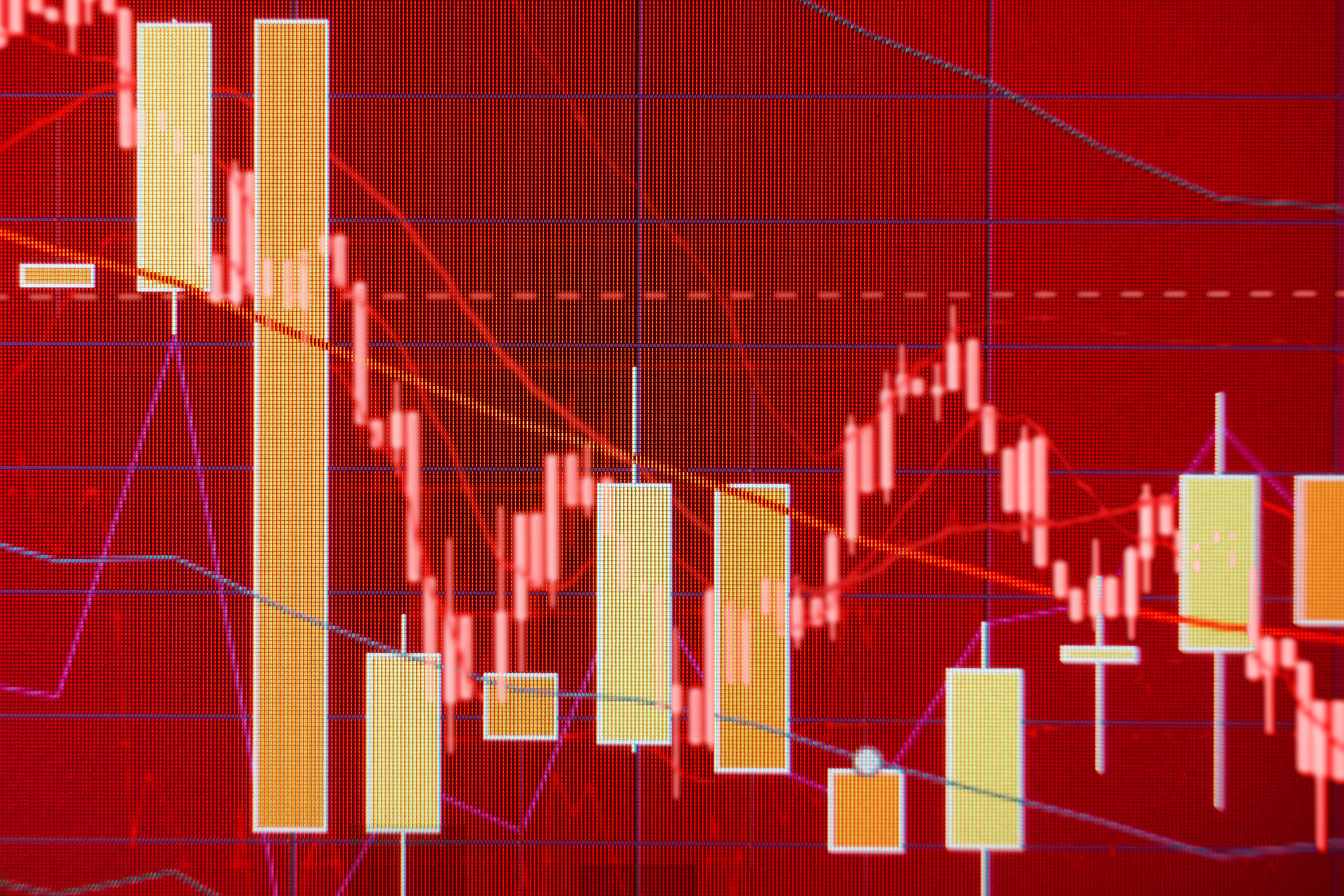 Dow Dives 797 Points as Government Opens: Stock Market Today
Dow Dives 797 Points as Government Opens: Stock Market TodayThe process of pricing and re-pricing realities old and new never stops, and next week promises to be at least as exciting as this week.
-
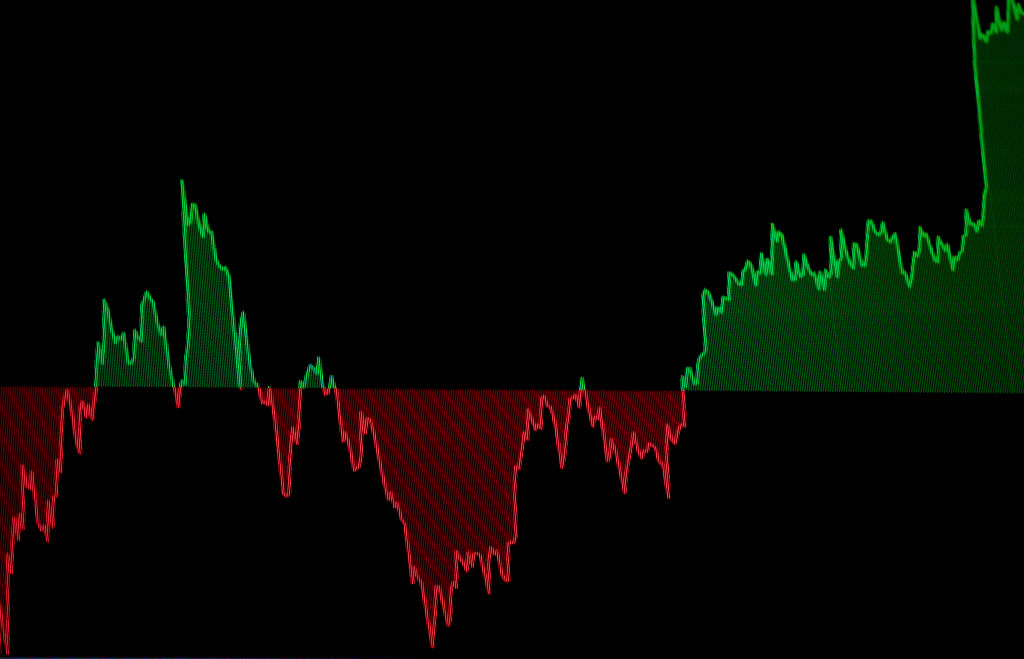 Dow Climbs 327 Points, Crosses 48,000: Stock Market Today
Dow Climbs 327 Points, Crosses 48,000: Stock Market TodayMarkets are pricing the end of the longest government shutdown in history – and another solid set of quarterly earnings.
-
 Stocks Close Out Strong Month With Solid Amazon Earnings: Stock Market Today
Stocks Close Out Strong Month With Solid Amazon Earnings: Stock Market TodayAmazon lifted its spending forecast as its artificial intelligence (AI) initiatives create "a massive opportunity."


